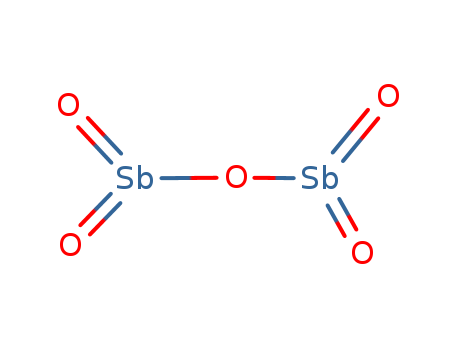

Don’t put the compound on flames, it is non-combustible in nature.The chlorination is carried out at 4050☌ with 5 air or other free-radical inhibitors (30) added to prevent substitution chlorination of the product. Do not keep the compound in the open air as it will react with the moisture to form hydrochloric acid. Other catalysts claimed in the patent Hterature include aluminum chloride, antimony pentachloride, and cupric chloride and an ammonium, alkaU, or alkaline-earth tetrachloroferrate (29).Antimony(III) chloride 99+ Supplier: Thermo Scientific Chemicals. Avoid coming in direct contact with the compound. Description: Antimony(III) chloride for synthesis, CAS number 1, Chemical formula SbCl3, Synonyms Antimonous acid, Antimony trichloride 45ml.Retrieving Each-+ Antimony(III) chloride for synthesis, Sigma-Aldrich® Supplier. If stored in non-fluorinated plastic containers, it will melt the container. Description: Antimony(III) chloride 99.0, AnalaR NORMAPUR® analytical reagent. Antimony Pentachloride is extremely corrosive, always store in PTFE bottles.Used as a testing agent for alkaloids and caesium.Leads to the chlorination of organic compounds.

Elemental antimony can be used for producing semiconductors, infrared detectors and diodes. Helpful in polymerizing compounds by acting as a catalyst. Antimony (symbol Sb from the latin stibium) is a silvery white metal with atomic number 51, that is found in the earth’s crust.SbCl 5 + Cl - \(\Box\) - (hexachloroantimonate ion) If Antimony Pentachloride reacts with water but in excess chlorine, it will form a hexachloroantimonate ion. Here, Hydrolysis of Antimony Pentachloride results in the formation of antimony pentoxide and hydrochloric acid. The action of Antimony Pentachloride with water or moistureĢ SbCl 5 + 5 H 2 O \(\Box\) Sb 2 O 5 + 10 HCL + Heat (Exothermic Reaction) It is colourless in nature but due to the impurities mixed in it appears to be reddish yellow or dark brown in colour. Glass ampules, bottles or metal ampules or bubblers are available for packaging. Antimony (V)chloride is also known as antimony pentachloride or antimony perchloride. Buy Antimony (III) Chloride Ereztech manufactures and sells this product in small and bulk volumes.

The molecular formula of Antimony V Chloride is Cl 5Sb and molecular mass is 299.01 g.mol -1. Antimony (V) chloride is a compound formed by the proportional bonding of antimony and chlorine in a fixed ratio of 1:5. The molecular formula of Antimony V Chloride is Cl 5 Sb and molecular mass is 299.01 g.mol -1. In the gaseous state, the structure of Antimony Pentachloride is Trigonal Bipyramidal. The second method is the chlorination of oxides and sulphides of antimony or directly chloritizing antimony trichloride.ĥ atoms are attached to a single atom of Antimony thus, forming an ionic compound. To get pure antimony V chloride, it undergoes distillation under reduced pressure at varied boiling points i.e., Vacuum Distillation similarly to the distillation of crude oil. First is when molten antimony III chloride is saturated with chlorine. There are two ways of preparing Antimony V Chloride. (2003) reported antimony chloride as showing high estrogenicity, 'antimony oxides-not antimony chloride-are used as catalysts in the manufacture of PET.' Although Vasami asserts that antimony oxides 'are chemically and toxicologically distinct from antimony chlorides,' the toxicological literature does not provide strong support for this. This property enables it to react extensively with non-fluorinated plastics. Antimony (V) chloride is a compound formed by the proportional bonding of antimony and chlorine in a fixed ratio of 1:5. Antimony V Pentachloride is classified as a Lewis Catalyst due to the presence of vacant orbitals. (© Wiley‐VCH Verlag GmbH & Co.Antimony Pentachloride is produced by undergoing chlorination of Antimony Trichloride. The former compound represents an example of an amide oxide of antimony and the latter is an example of a chloride oxide of antimony incorporated in an organoaluminum framework which in turn is supported by a sterically encumbered β‐diketiminate ligand L $. Syntheses of trimetallic aluminum and antimony compounds containing an Al2O2SbN and an Al2O2SbCl core in 2Sb(NMe2) and 2SbCl, respectively, are reported. Singh, Sanjay Nembenna, Sharanappa Jancik, Vojtech Roesky, Herbert W.

Antimony Amide Oxide and Antimony Chloride Oxide Wrapped in an Organoaluminum Framework Antimony Amide Oxide and Antimony Chloride Oxide Wrapped in an Organoaluminum Framework


 0 kommentar(er)
0 kommentar(er)
